Roadmap for Answer Writing Introduction Define APMCs Briefly explain Agricultural Produce Market Committees (APMCs) and their purpose in regulating agricultural markets under state acts. Thesis Statement Introduce the viewpoint that APMCs may hinder agricultural development and contribute to food inflation, setting the stage for a ...
Model Answer Introduction India's economy has a strong agricultural foundation, with a significant portion of the population relying on agriculture for their livelihoods. Post-independence, various agricultural revolutions supported by the government have transformed the sector, enhancing productiviRead more
Model Answer
Introduction
India’s economy has a strong agricultural foundation, with a significant portion of the population relying on agriculture for their livelihoods. Post-independence, various agricultural revolutions supported by the government have transformed the sector, enhancing productivity and food security.
Various Types of Agricultural Revolutions After Independence
- Green Revolution
- Introduced in the 1960s, this revolution focused on high-yielding varieties (HYVs) of seeds, fertilizers, and pesticides, leading to a significant increase in food grain production, particularly wheat.
- Fact: Wheat production rose from 12 million tons in 1965 to over 25 million tons by the early 1970s (source: Indian Council of Agricultural Research).
- White Revolution
- Launched in 1970 through Operation Flood, this initiative transformed India into the world’s largest milk producer by improving breeding techniques, fodder quality, and veterinary services.
- Fact: India now accounts for approximately 17% of global milk production (source: National Dairy Development Board).
- Blue Revolution
- Focused on the fisheries sector, this revolution led to increased fish production through better management practices in aquaculture and marine fisheries.
- Fact: Fish production in India increased from 0.75 million tons in 1950-51 to over 13 million tons by 2020 (source: Department of Fisheries).
- Other Revolutions
- Yellow Revolution: Focused on oilseed production.
- Golden Fibre Revolution: Pertained to jute production.
- Golden Revolution: Related to horticulture.
- Silver Fibre Revolution: Focused on cotton.
- Red Revolution: Concerned with meat production.
Significance of These Revolutions
- Self-Sufficiency
- The Green Revolution made India self-sufficient in food grains, while the White Revolution transformed it into a leading milk producer.
- Reduced Poverty
- Agricultural innovations have generated rural income opportunities, lifting millions out of poverty and stabilizing food prices for consumers.
- Nutritional Security
- Increased milk availability has improved nutritional security, with per capita milk consumption reaching 337 grams/day.
- Diversified Income Sources
- Farmers diversified into livestock and poultry, helping mitigate agricultural uncertainties and enhancing financial stability.
Conclusion
To sustain the progress made through these revolutions and ensure long-term food security, the Indian government has initiated the Rainbow Revolution, focusing on holistic agricultural development. Continued efforts in this direction will further strengthen the agricultural sector and improve the livelihoods of millions.
See less
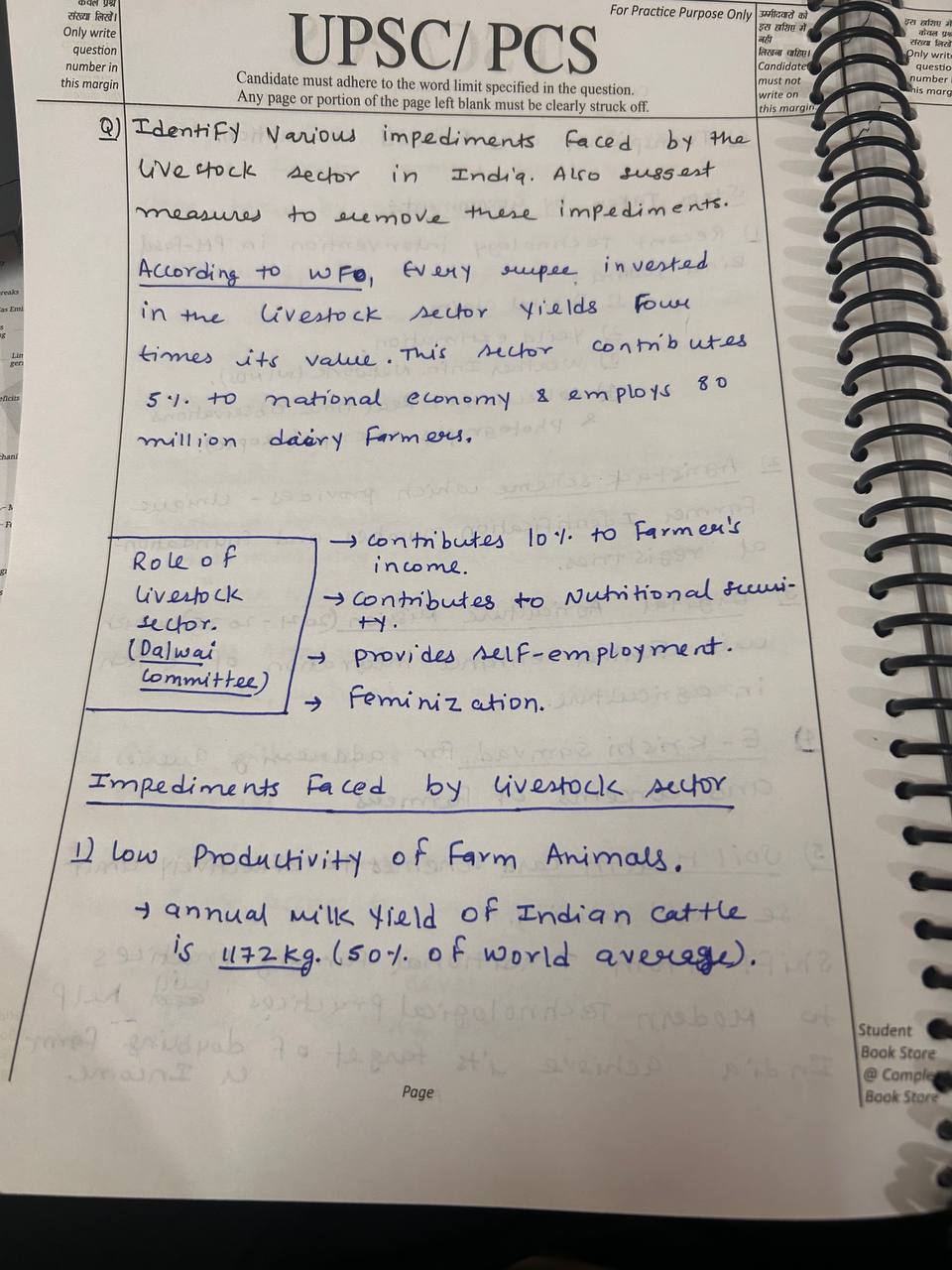
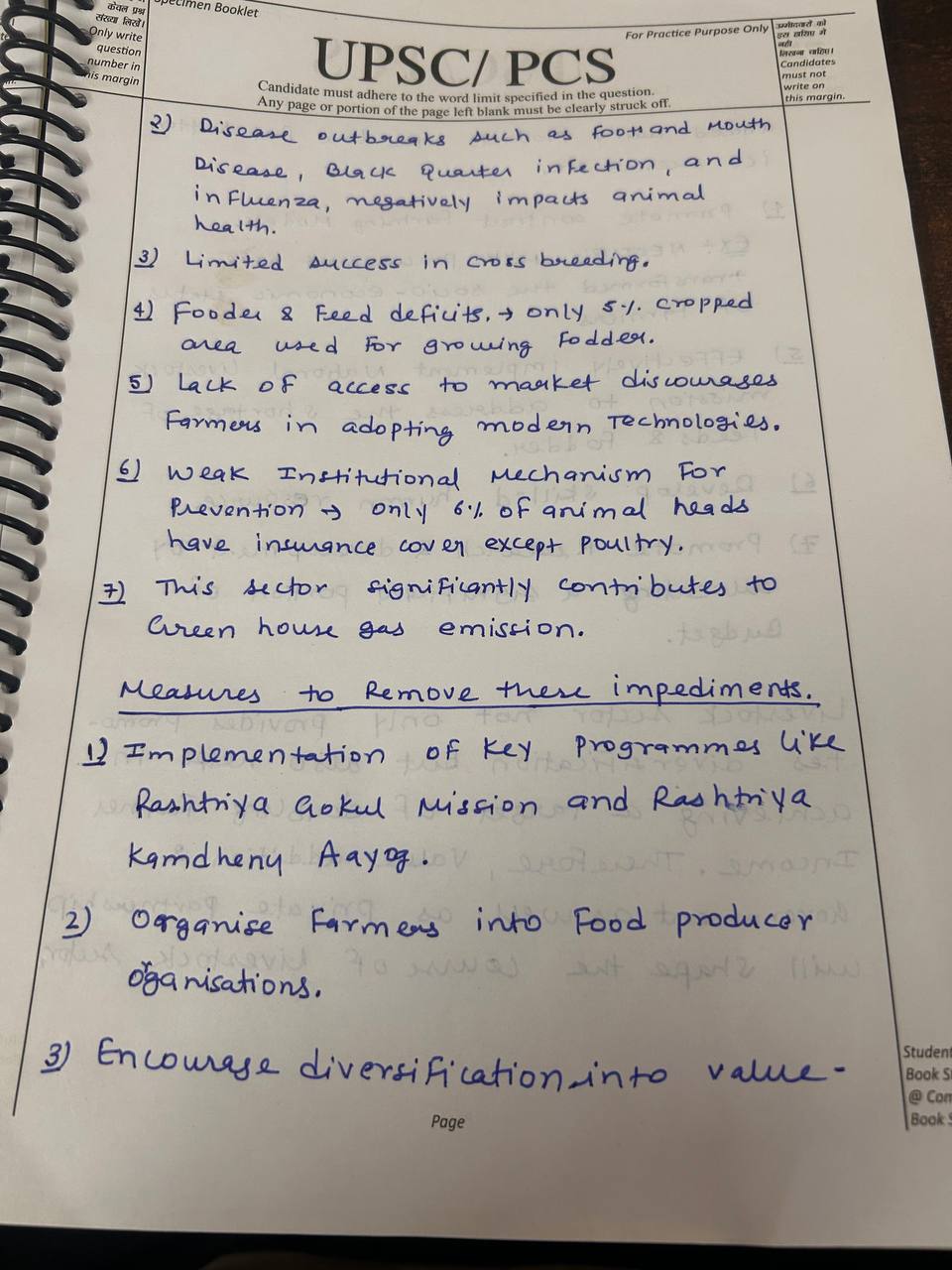

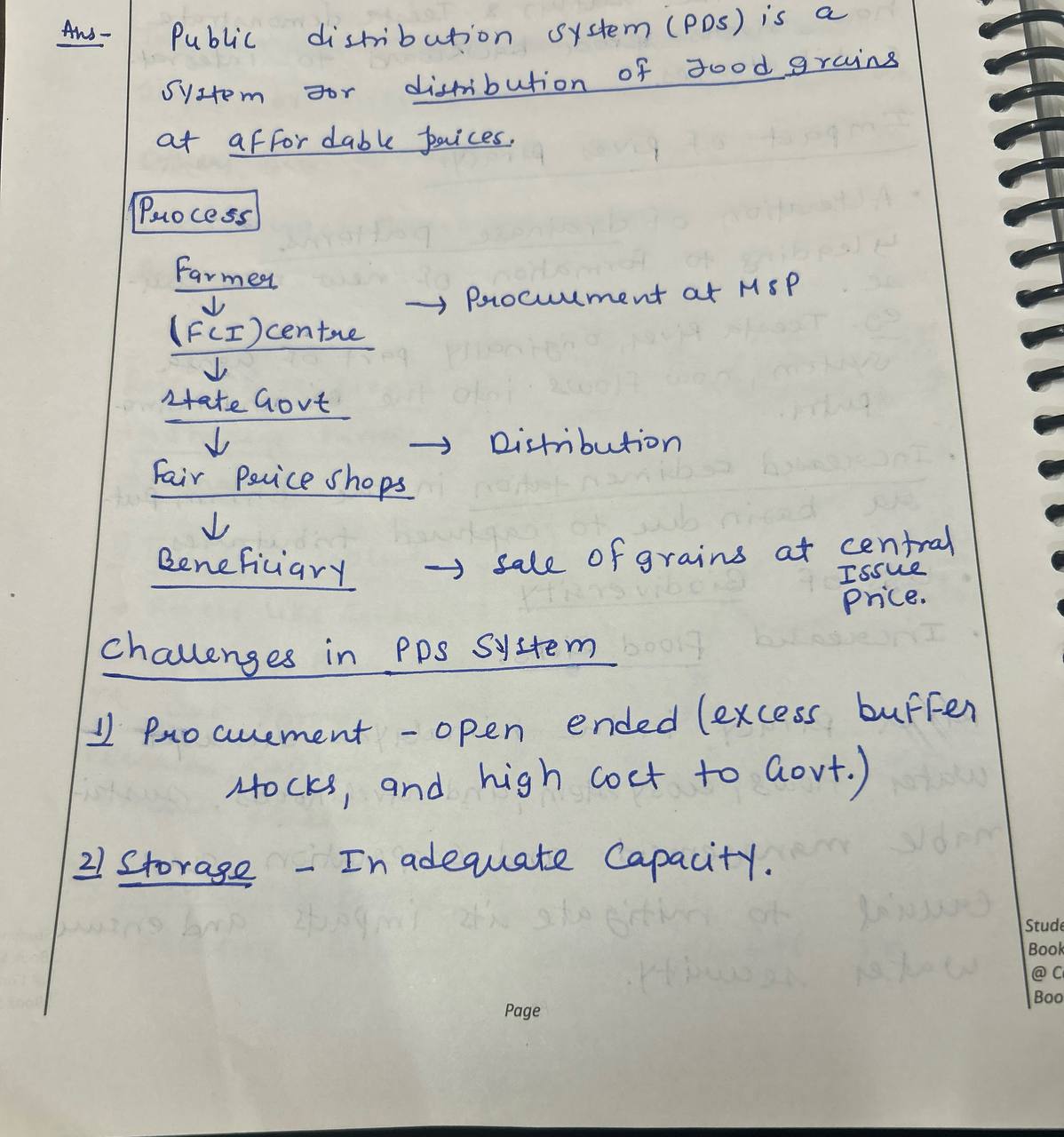
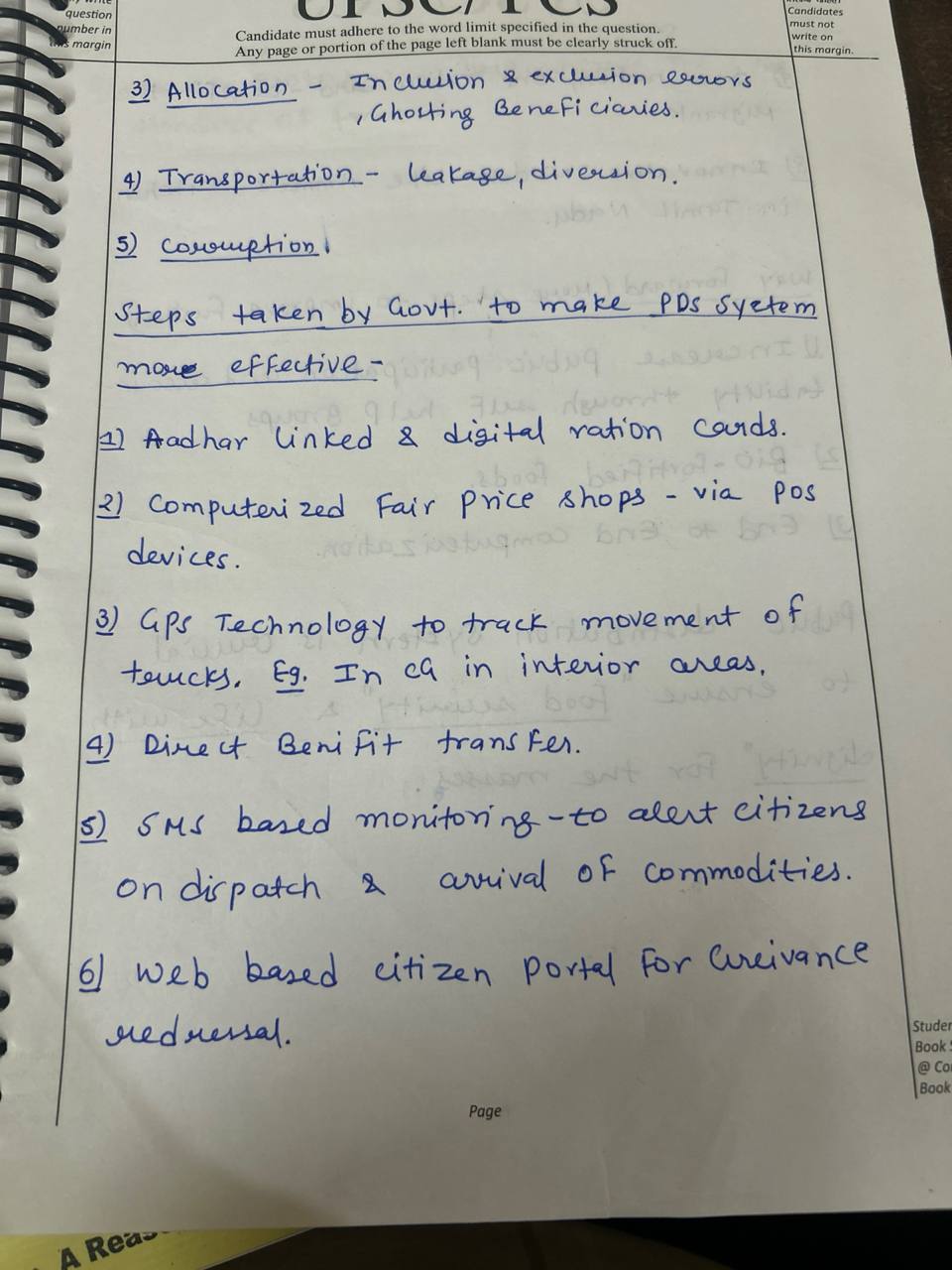
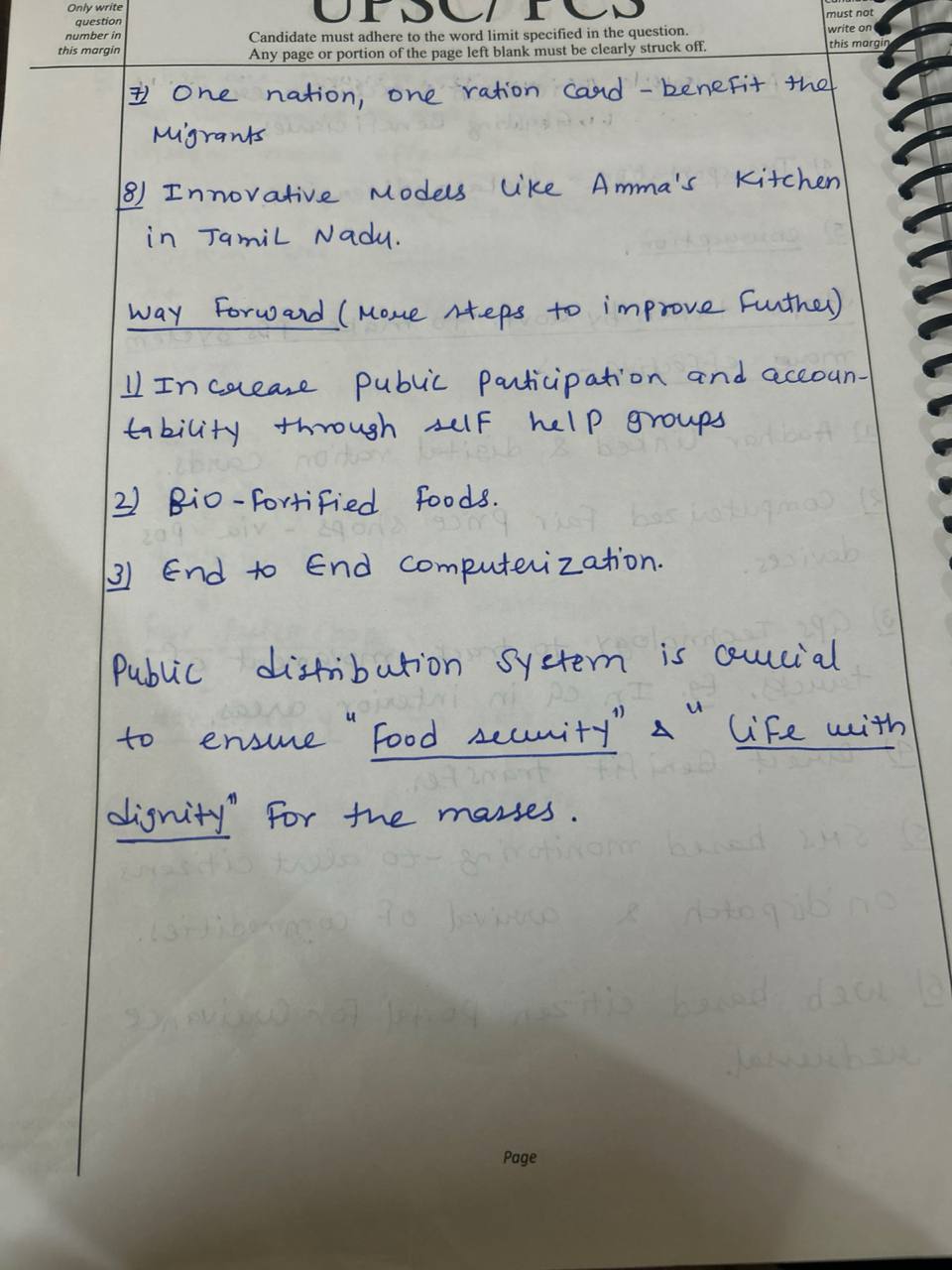
Model Answer Introduction Agricultural Produce Market Committees (APMCs) were established under state acts in the 1950s to enhance transparency and eliminate trader discretion in agricultural markets. These committees regulate the sale of notified agricultural products, which vary by state and typicRead more
Model Answer
Introduction
Agricultural Produce Market Committees (APMCs) were established under state acts in the 1950s to enhance transparency and eliminate trader discretion in agricultural markets. These committees regulate the sale of notified agricultural products, which vary by state and typically include essential cereals and vegetables. However, there is a growing perception that APMCs have impeded agricultural development and contributed to food inflation in India.
Body
Monopoly and Cartelization
APMCs often create a monopoly that restricts farmers’ access to better customers, thereby reducing their profitability. Agents within APMCs frequently form cartels, manipulating prices by restraining competitive bidding. This leads to produce being sold at artificially low prices, while hoarding by agents exacerbates food inflation, particularly for perishable goods, which farmers cannot store or bargain over effectively.
Entry Barriers and Costs
The high license fees and additional costs such as commissions, marketing fees, and APMC cess further burden farmers. These financial barriers not only hinder agricultural growth but also increase the risk of food inflation by raising the overall cost of produce.
Conflict of Interest
APMCs operate with a dual role as both regulators and market participants, which creates a conflict of interest. This duality undermines their regulatory function, allowing vested interests to manipulate market conditions to their advantage.
Other Manipulations
Agents often engage in practices that disadvantage farmers, such as withholding payment slips or blocking payments for dubious reasons. This lack of transparency hampers farmers’ ability to secure loans and invest in future crops, leading to stagnation in agricultural productivity.
Conclusion
While the central government introduced the Model APMC Act in 2003 to address these issues, its implementation has been inconsistent across states. Some states, like Bihar and Delhi, have abolished APMCs, but this has not significantly improved agricultural conditions or reduced food inflation. The challenges of food inflation stem from a combination of structural issues, including inadequate supply chains and high wastage, with APMCs being a contributing factor that requires reform.
See less